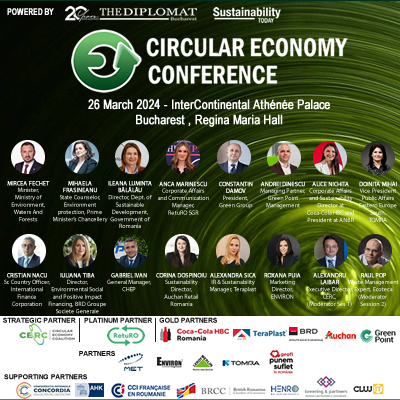Analysis from the UN’s Intergovernmental Panel on Climate Change (IPCC) indicates that greenhouse gas emissions must be reduced by 43 percent by 2030 to limit global warming to the required 1.5 degrees. A recent report from the IPCC shows that emissions are expected to increase by nearly 11 percent.
Many low-carbon-alternative products, particularly in the industrial sector, still come at a cost premium of 50 percent or more. But as these new technologies scale and government intervention continues, declining cost premiums will create opportunities for companies to pioneer green markets. Winning in Green Markets: Scaling Products for a Net Zero World, a report published by the World Economic Forum in collaboration with Boston Consulting Group (BCG), examines how companies can commercialize sustainability by finding, creating, and shaping green markets.
“This decade has the opportunity to see a massive scale-up of climate solutions and the creation of large markets for low-carbon materials, products and services,” said Antonia Gawel, Head of the Climate Change at the World Economic Forum. “Business and government have a critical role to play to provide the capital, technology, policy and legislation to meet our climate goals on time. This year’s Annual Meeting in Davos will convene these leaders to accelerate climate ambition and investment.”
According to the report, as green technologies scale, cost premiums will decline or disappear altogether. The pace of cost parity depends on location and government policies. Meanwhile, early movers must find a way to offset higher costs and transform the “green cost premium” into a “green revenue premium” by translating lower emissions into a business value. Ørsted, Tesla, and Beyond Meat are examples of companies that achieved first-mover advantage by creating a compelling green offer before cost parity was achieved.
An Increasing Demand for Green Materials and Services
A June 2022 BCG sustainability consumer survey showed that while less than 10 percent of consumers choose sustainable products to “save the planet,” the number increases roughly two to four times (to 20 percent-43 percent of consumers) when sustainability is linked to other benefits such as health, safety, and quality. The number increases yet another two to four times (to roughly 80 percent) when barriers such as convenience, lack of information, and cost are addressed. Based on these consumer trends, coupled with increasing government action and pressure to act from employees, investors, and other stakeholders, companies can build a compelling business case for the development of green options. For early movers, there is a largely untapped and rapidly growing market willing to pay for green products.
As of November 2022, 1,957 companies had set certified science-based emissions reductions targets, and a further 2,103 had committed to setting them. A recent survey of 81 members of the World Economic Forum’s Alliance of CEO Climate Leaders found that while almost half were already paying a green premium for at least one input, most of them were not increasing base material costs to consumers. Reasons cited for absorbing higher costs included: investment in overall sustainability goals, securing access to inputs critical to capturing or expanding share in a promising new market, and hedging against future climate legislation.
Supply and Demand Imbalance Will Generate “Green Scarcity”
Despite substantial and increasing demand for green materials, many supply-side players are not responding at the pace needed, creating green scarcity. In most major value chains, the market share of downstream players with science-based value chain decarbonization commitments far surpasses the share of upstream players who would need to supply the green materials to achieve these commitments. This market share gap can be more than 20 percentage points. According to the report, the highest scarcity risk for 2030 is projected to be in green plastics and chemicals, where production capacity will likely not meet consumer demand. On the other hand, while green steel is scarce right now, producers have announced plans to bring significant production capabilities online this decade.




